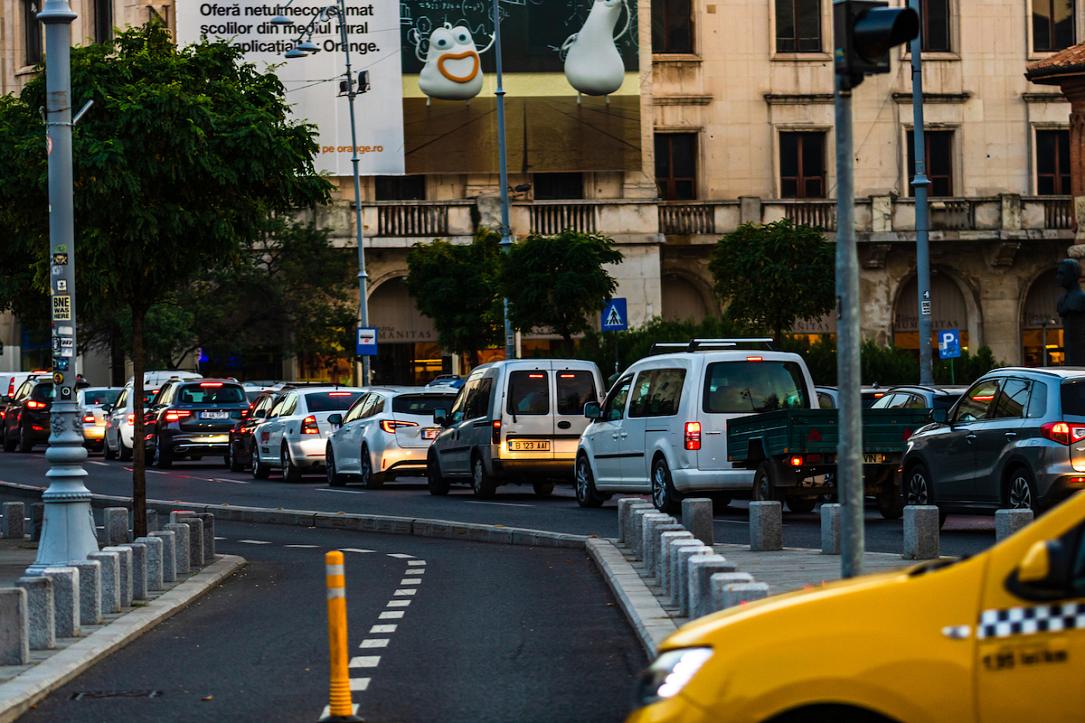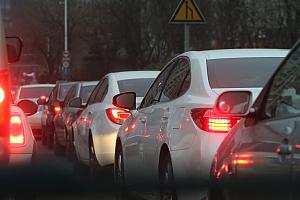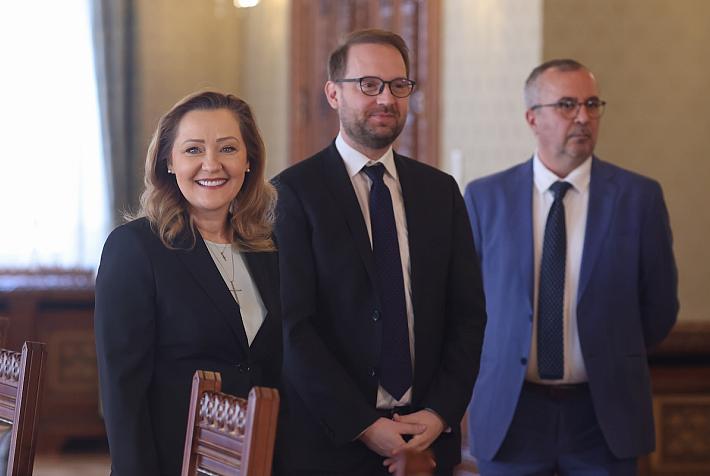Bucharest City Council passes Oxygen vignette, cars under Euro 3 standard to be banned from the city

Bucharest’s General Council voted on Thursday, October 23, mayor Gabriela Firea’s project to introduce a special tax for cars not meeting Euro 5 pollution standards that drive through the city. The special tax is called Oxygen vignette.
The municipality’s decision bans Euro 2 cars or lower from entering the so-called Action Zone for Air Quality (ZACA) in downtown Bucharest, starting January 1, 2020. These cars (non-Euro, Euro 1 and Euro 2) will be allowed, however, in the rest of Bucharest if they pay the Oxygen vignette, of RON 15 (EUR 3.2) per day.
Euro 3 and Euro 4 cars will also have to pay a tax of RON 5 (EUR 1.06) per day, but they will still be allowed in the center of Bucharest. The tax for Euro 3 cars will apply from January 1, 2020, and for Euro 4 cars – starting January 2021.
Car owners also have the possibility to pay monthly or yearly vignettes, whose values differ based on the pollution standard (from RON 80 to RON 300 per month and from RON 500 to RON 1,900 per year).
The fine for drivers who don’t comply with the new provisions will be fined RON 1,500 to RON 2,000.
The General Council also voted an amendment to the bill that completely bans non-Euro, Euro 1, and Euro 2 cars in all of Bucharest starting 2022 and Euro 3 cars starting 2024.
“I’m happy that today, together with the majority in the General Council that voted this project, we have made a huge step for the Bucharest residents’ health and aligned to European cities that take clear actions to reduce pollution,” mayor Gabriela Firea said in a Facebook statement.
“Bucharest is sixth in the ranking of the most polluted cities in Europe and fourth in the ranking of the most polluted cities in Romania (after Iasi, Cluj-Napoca, and Brasov), which is why concrete measures for improving air quality are needed,” she added.
Firea also explained that modernizing public traffic alone won’t solve the problem if they are stuck in traffic. Over 1.62 million vehicles are registered in Bucharest and neighboring Ilfov county, over a third (600,000) of which are highly polluting (Euro 3 or lower), according to official data. In addition to these, there are thousands of cars registered elsewhere that transit the city.
“Nowhere in the civilized world non-Euro, Euro 1 and Euro 2 cars travel without being taxed, and in many cities, they are banned,” mayor Firea said.
The money from this tax will be used only for implementing other measures for environment protection, such as buying modern and non-polluting public transport vehicles.
editor@romania-insider.com
(Photo source: ID 161549880 © Vlad Ispas | Dreamstime.com)












